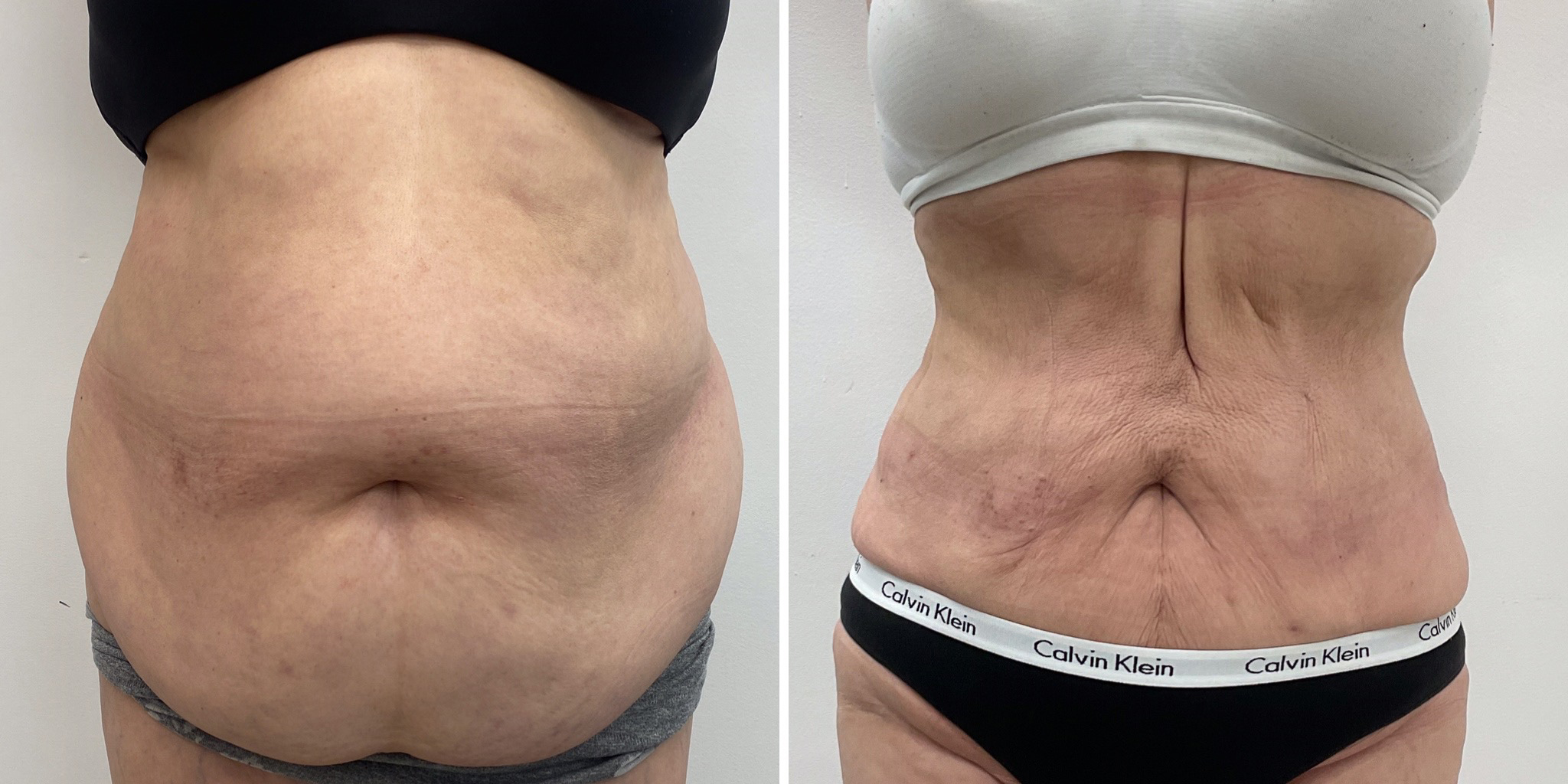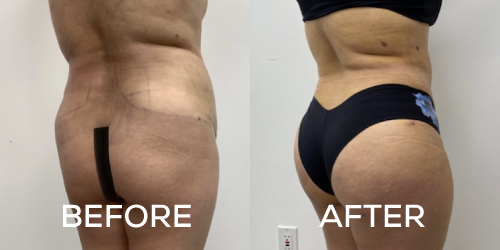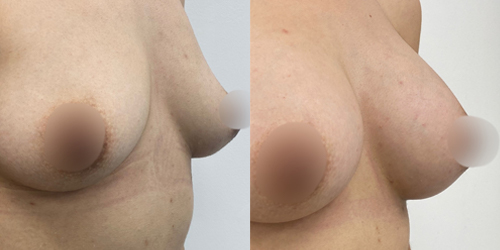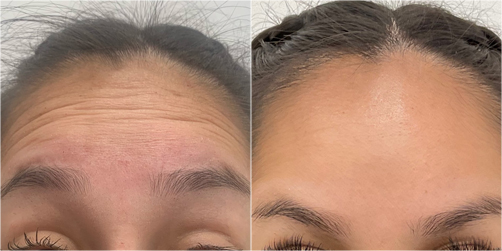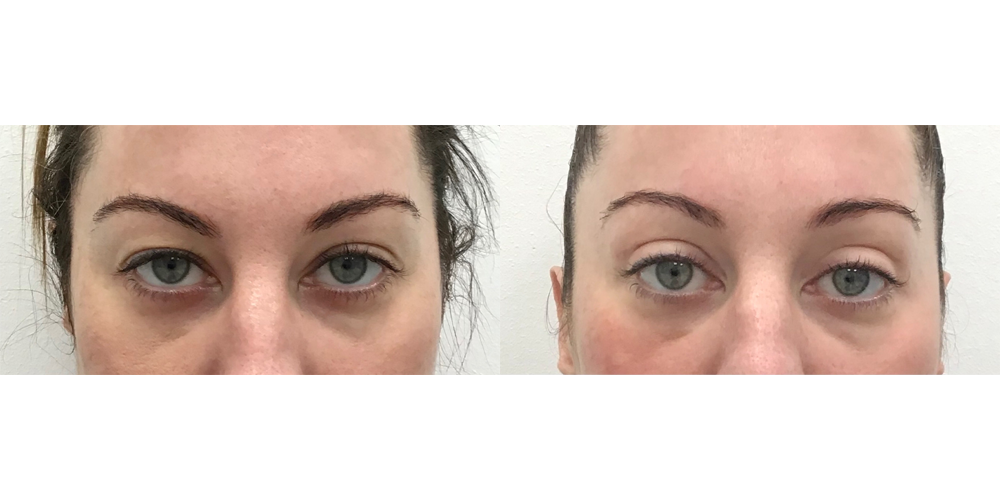A facelift, or rhytidectomy, can result in more youthful and pleasing contour for your face. It’s one of the most effective ways to defeat the pull of gravity and turn back the hands of time.
But, it’s important to remember that a facelift is a surgical procedure and not a lunchtime treatment. You’ll need time to recover. Here are three great tips to help you experience a smooth recovery following your facelift.
Follow Dr. Vu’s instructions carefully
We’ll send you home with thorough instructions to follow until you return for your first follow up appointment.
You and the person or people who will be helping you should be certain to refer to the instructions with any questions.
You’ll have bandages following the procedure, and they may feel tight. The bandages are arranged in such a way as to apply pressure evenly, and to help reduce swelling. Even if they feel tight, don’t remove them.
If you’re in pain, take the medication Dr. Vu prescribes according to her directions. Don’t be afraid to take it — the worse your pain is before you take the medication, the more difficult it will be to get it under control — but also be careful to take only the dose that’s prescribed.
The most likely scenario is that you’ll be tired and need to rest following the procedure. Surgery is traumatic for your body. When you rest, keep your head elevated. Doing so will speed recovery and reduce swelling.
Understand that things will seem worse before they’re better
Dr. Vu will check your incisions during your first follow up appointment, and if everything looks good, she’ll likely remove the bandages. Don’t be alarmed.
In the first week or two after a facelift, you’re going to see some swelling and bruising. This is normal and will fade over time. You may also have numbness in some areas. This is also normal.
Most of the time, the bruising and swelling are the worst about three to four days following the procedure. You may use ice packs to ease the pain and help reduce your swelling.
By the end of the first week, you probably won’t need prescription medication any longer and will begin feeling normal. You’ll be able to begin doing a bit more about this time.
Understand that recovery takes time
By the end of the second week following the procedure, you’ll probably still have some bruising and swelling, though it should be beginning to fade. You may feel tingling, numbness, or tightness, but you should also be feeling more like yourself and ready to return to most of your normal activities.
Dr. Vu determines when to remove your sutures based on your individual progress, but it’s usually sometime between one and three weeks after your surgery.
By the end of the first month, you’ll be able to see the improvements in the contour of your face, and you should be able to return to all of your normal activities, including exercise.
It’s possible that you’ll still have some residual swelling and numbness up to a year after a facelift, but they will be so minor, you’ll be the only one who notices. You’re far more likely to notice how much younger you look!
If you’d like to learn more about recovery following a facelift, book an appointment at Skinzone Medical today. Dr. Vu is always happy to discuss your specific situation and suggest the most appropriate and effective ways to reach your goals.
You may call or contact us online, or book your appointment at either of our two locations with our handy online booking tool.





